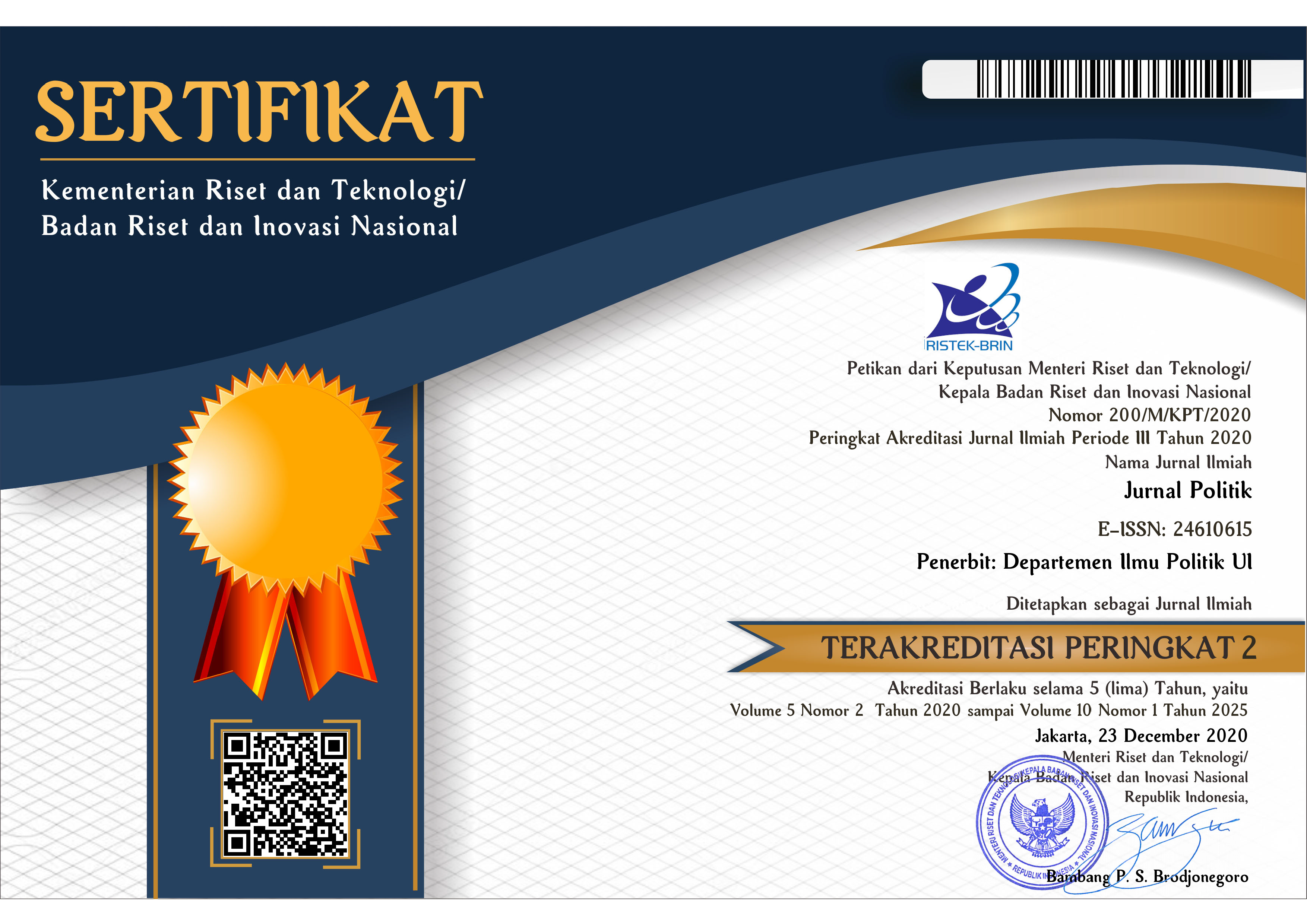Abstract
This study analyzes the civil-military relations in Sri Lanka’s Northern Province after the 2009 conflict between the central government and the Liberation Tigers of Tamil Eelam (LTTE) by drawing upon the theories of Alfred Stepan and David Pion-Berlin and Harold Trinkunas. Stepan posited that there were two dimensions that shaped civil-military relationships: military contestation and prerogatives. This study’s analysis of these two dimensions in the case of Sri Lanka’s Northern Province shows that the civil-military relationship in the region takes shape in the unequal civilian accommodation type. This analysis corresponds to Pion-Berlin and Trinkunas’ theory that high levels of crisis coupled with weak civilian control would pave the way for the military to take on extensive domestic roles and intervene in civilian affairs. This research employs a qualitative method through the examination of existing literature and documents.
Recommended Citation
Fathurrahman, Izzan and Kartini, Evida
(2021)
"Unequal Civilian Accommodation within Democratic Rule: The Case of Sri Lanka’s Northern Province after the Government–LTTE Conflict,"
Jurnal Politik: Vol. 7:
Iss.
1, Article 5.
DOI: 10.7454/jp.v7i1.1004
Available at:
https://scholarhub.ui.ac.id/politik/vol7/iss1/5


